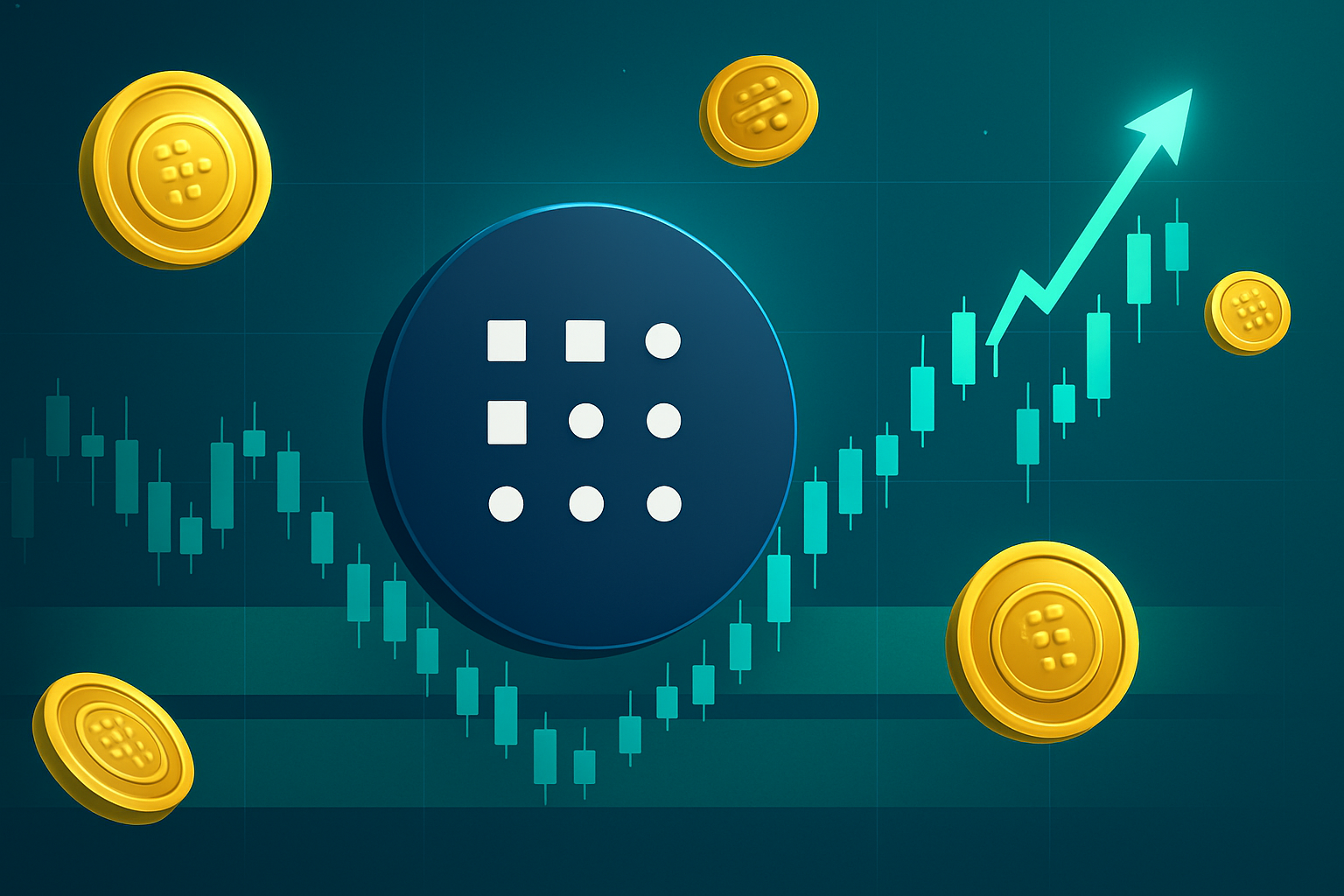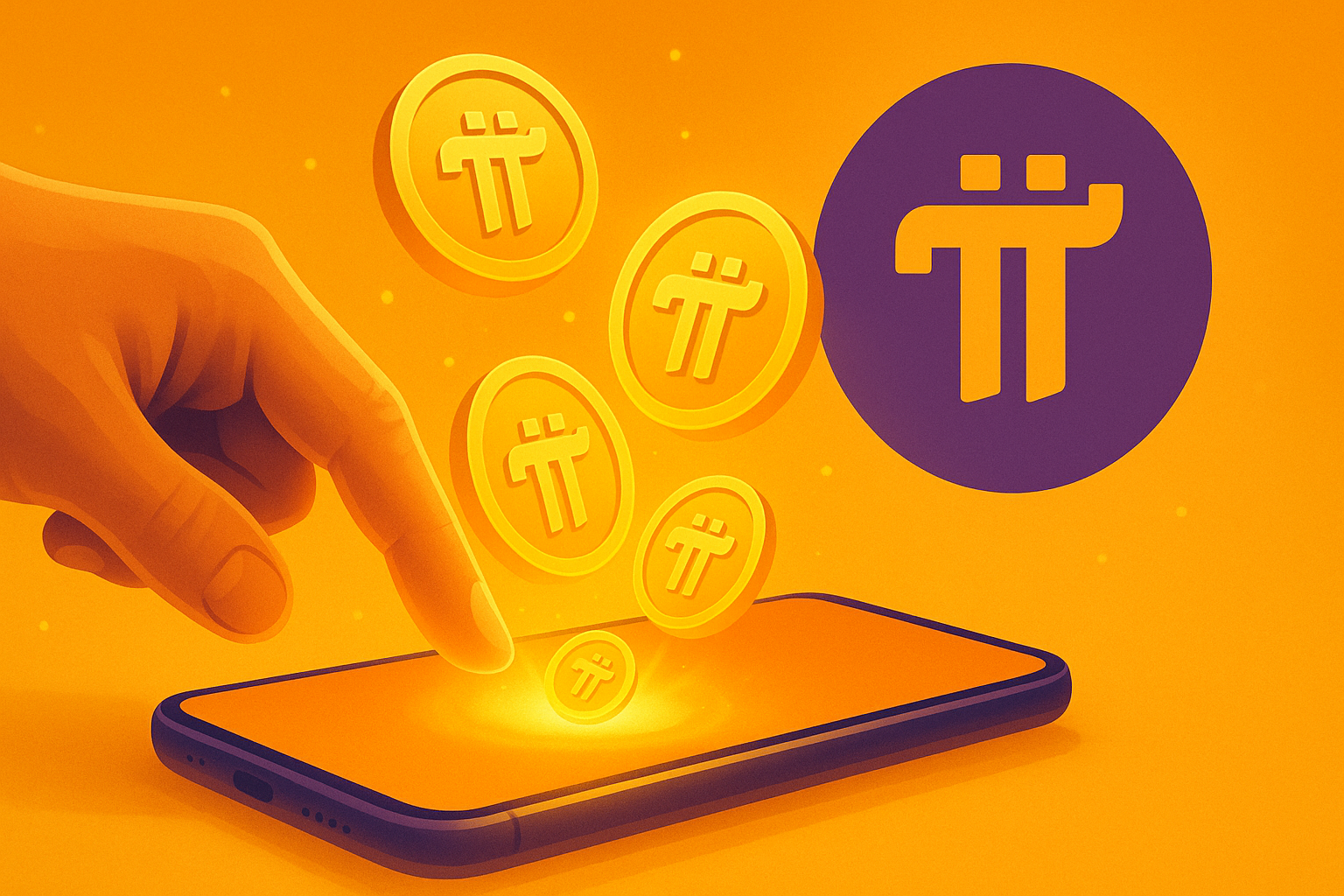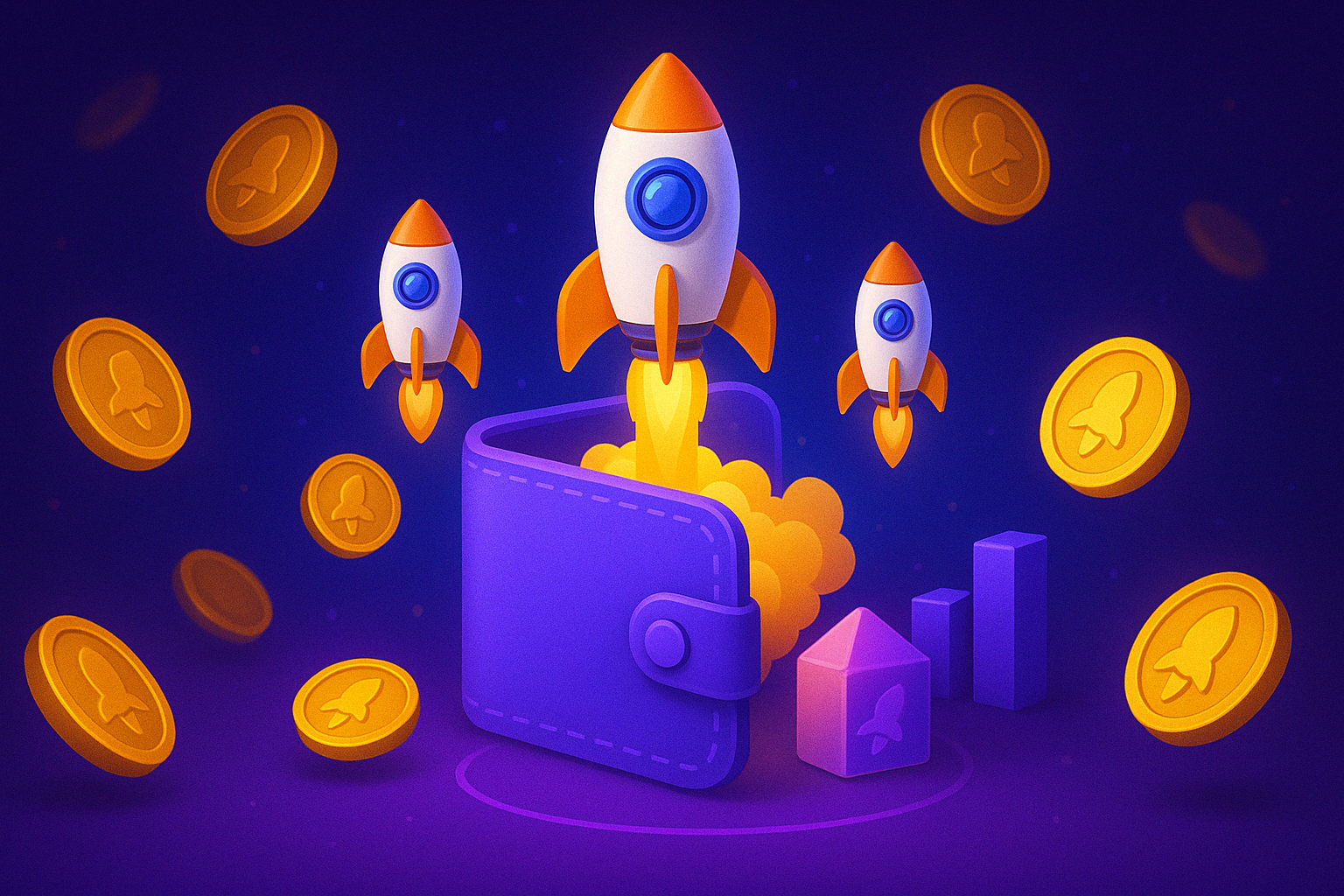Buying your first cryptocurrency can feel exciting… and a little intimidating.
Do I need a wallet first? Is it safe to use an exchange? What if I make a mistake and lose my money?
These are common questions — and totally normal if you’re just getting started. The good news?
In 2025, buying crypto is easier and safer than ever. You can do it from your phone or computer, often in just a few minutes.
In this guide, you’ll learn:
- Where to buy crypto securely
- What platforms and wallets to use
- How to complete your first transaction
- And how to store your crypto safely afterward
Choose Your Buying Method: CEX, DEX, or No-KYC?
Buying crypto today is easier than ever — but the best way to do it depends on your goals, your location, and how much control (or privacy) you want.
There are three main methods to buy your first crypto:
- Centralized Exchanges (CEX)
These are platforms like Coinbase, Binance, or Kraken, where you create an account, verify your identity (KYC), and buy crypto using traditional payment methods.
👉 Best for beginners who want simplicity, fiat deposits, and access to a wide range of assets.
- Decentralized Exchanges (DEX)
These are non-custodial platforms like Uniswap or PancakeSwap, where you trade tokens directly from your crypto wallet — no account or KYC required.
👉 Best for Web3 users who already have crypto and prefer full control.
- Other No-KYC Alternatives
Some platforms and tools allow you to buy crypto without verifying your identity, often through P2P (peer-to-peer) trading, crypto ATMs, or certain decentralized services.
👉 Best for privacy-focused users — but riskier, and not ideal for total beginners.
🧠 Quick Tip: If it’s your first time buying crypto, start with a regulated exchange to learn the basics. You can explore no-KYC and self-custody later.
| Feature | CEX (Centralized Exchange) | DEX (Decentralized) | No-KYC Options |
| Ease of Use | ✅ Very beginner-friendly | ⚠️ Requires wallet | ⚠️ Varies, less guided |
| Privacy | ❌ Requires ID (KYC) | ✅ No ID required | ✅ Usually anonymous |
| Security Control | ❌ Custodial by default | ✅ You own your keys | ✅ You own your keys |
| Risk Level | Low–Medium (regulated) | Medium (user error risk) | High (scams possible) |
| Good For | First-time buyers | DeFi users | Privacy-focused users |
Buying Crypto on an Exchange (Step-by-Step)
If you’re new to crypto, buying through a centralized exchange (CEX) is the most user-friendly way to get started.
Here’s a simplified overview of how it works:
Step 1 – Create Your Account
Visit a trusted exchange like Binance, Coinbase, or Kraken. You’ll need to provide your email, create a secure password, and confirm your email address.
Step 2 – Verify Your Identity (KYC)
To comply with regulations, most platforms will ask you to upload a government-issued ID and a selfie. This step usually takes a few minutes to a few hours.
🧠 Why KYC? It’s required to prevent fraud and money laundering — and it also increases the security of your account.
Step 3 – Fund Your Account
Once verified, you can add funds via:
- Credit/debit card (instant, higher fees)
- Bank transfer (slower, lower fees)
- Third-party payment apps (varies by region)
Some platforms also offer P2P options where you can buy directly from other users.
Step 4 – Choose the Crypto You Want to Buy
Bitcoin (BTC) and Ethereum (ETH) are great starting points, but some people prefer stablecoins like USDT or USDC for lower volatility.
Step 5 – Make the Purchase
Select the amount, confirm the transaction, and you’ll now see the crypto appear in your exchange wallet.
Buying on a DEX with a Wallet
If you want full control over your crypto from the very beginning, using a decentralized exchange (DEX) might be your path.
Unlike centralized platforms, a DEX doesn’t ask for personal information, account creation, or verification. You trade directly from your own wallet — which means you also take full responsibility.
To use a DEX, you’ll first need to set up a crypto wallet that supports Web3 interactions (like MetaMask or Trust Wallet). Once installed and backed up properly (never forget the seed phrase), your wallet becomes your passport to decentralized finance.
But here’s the key point:
👉 You can’t buy crypto on a DEX with fiat (like dollars or euros). You need to already have some crypto in your wallet, usually to pay for gas fees or make your first swap. That means your journey may still start with a small purchase on a centralized platform or a wallet-friendly onramp.
Once you’ve got funds in your wallet:
- Connect it to a DEX like Uniswap, PancakeSwap, or 1inch
- Choose the tokens you want to swap
- Review gas fees and confirm the transaction
💡 Pro Tip: Gas fees on Ethereum can spike unexpectedly. If you’re just starting, try a cheaper network like Polygon or BNB Chain for your first trades.
Using a DEX gives you sovereignty over your crypto — no middlemen, no approvals, no limitations. But it also means there’s no customer support to call if something goes wrong.
Is No-KYC Right for You?
By now, you’ve probably noticed that most crypto exchanges ask you to verify your identity. But what if you value privacy — or simply don’t want to share personal documents with a platform?
That’s where no-KYC methods come in.
These are tools and platforms that allow you to buy crypto without completing a Know Your Customer (KYC) process. While they offer more privacy, they’re often better suited for users with at least a basic understanding of wallets, blockchain networks, and transaction security.
Here are a few examples of no-KYC methods:
- P2P (peer-to-peer) platforms, like LocalCryptos or Binance P2P, where users buy directly from each other
- Crypto ATMs, which let you insert cash and receive crypto to your wallet — often with minimal or no verification
- Decentralized exchanges (DEXs), which let you swap tokens without registration — assuming you already have crypto
🧠 Pro Tip: No-KYC doesn’t mean no risk. In fact, these methods require more caution, since they offer less protection against scams or mistaken transactions. If you go this route, make sure you double-check every step — and always use a trusted wallet.
It’s also important to understand that some regions limit or ban no-KYC crypto purchases. Check your local regulations before proceeding.
Where to Store Your Crypto After Buying
Congrats — you’ve made your first crypto purchase. But here’s something most beginners overlook:
Where you store your crypto matters just as much as how you buy it.
When you buy from a centralized exchange, your crypto usually stays in a custodial wallet by default. This means the platform technically controls your private keys — and if it goes down, gets hacked, or freezes withdrawals, your funds could be at risk.
If you want full ownership, you’ll need to transfer your crypto to a personal wallet.
There are two main types of wallets:
- Hot wallets (like MetaMask, Trust Wallet, or Coinbase Wallet): connected to the internet, great for easy access and daily use
- Cold wallets (like Ledger or Trezor): offline, hardware-based, ideal for long-term storage and maximum security
🔐 Pro Tip: If you plan to hold your crypto for the long term, use a cold wallet. If you’re exploring DeFi or NFTs, start with a hot wallet — but always back up your seed phrase.
Whatever you choose, the most important rule is this:
Don’t store large amounts of crypto on an exchange — especially not indefinitely.
FAQs on How to Buy Crypto
Do I need a wallet to buy crypto?
Not always. Most centralized exchanges provide a built-in wallet where your crypto is stored by default.
However, if you want full control over your assets, it’s recommended to transfer your funds to a non-custodial wallet.
Can I buy crypto without verifying my identity?
Yes, but it depends on the platform. Some P2P exchanges, crypto ATMs, and DEXs allow you to buy or swap crypto without KYC — though these methods typically require more knowledge and come with higher risk.
Is it safe to buy crypto with a credit card?
Yes — as long as you’re using a regulated, trusted platform.
Just keep in mind that credit card purchases often come with higher fees and might be blocked by some banks.
What’s the minimum amount of crypto I can buy?
On most platforms, you can start with as little as $5 to $10 worth of crypto.
There’s no need to buy a full Bitcoin — you can purchase fractions, like 0.0005 BTC or 0.01 ETH.
Where should I store my crypto after buying?
If you’re planning to hold long-term, consider a hardware wallet.
If you want quick access or plan to use DeFi apps, a hot wallet like MetaMask may be more convenient.
Avoid leaving large amounts on exchanges.
Final Thoughts: Getting Started Is Easier Than You Think
Buying your first cryptocurrency might seem like a big step — but in 2025, it’s more accessible, beginner-friendly, and secure than ever.
Whether you choose a centralized exchange, explore a decentralized option, or go the privacy-first route without KYC, the most important thing is that you understand what you’re doing — and that you stay in control.
Start small. Learn as you go. And always back up your wallet.
🧠 You don’t need to be a tech expert to own crypto. You just need to know the basics — and now, you do.












